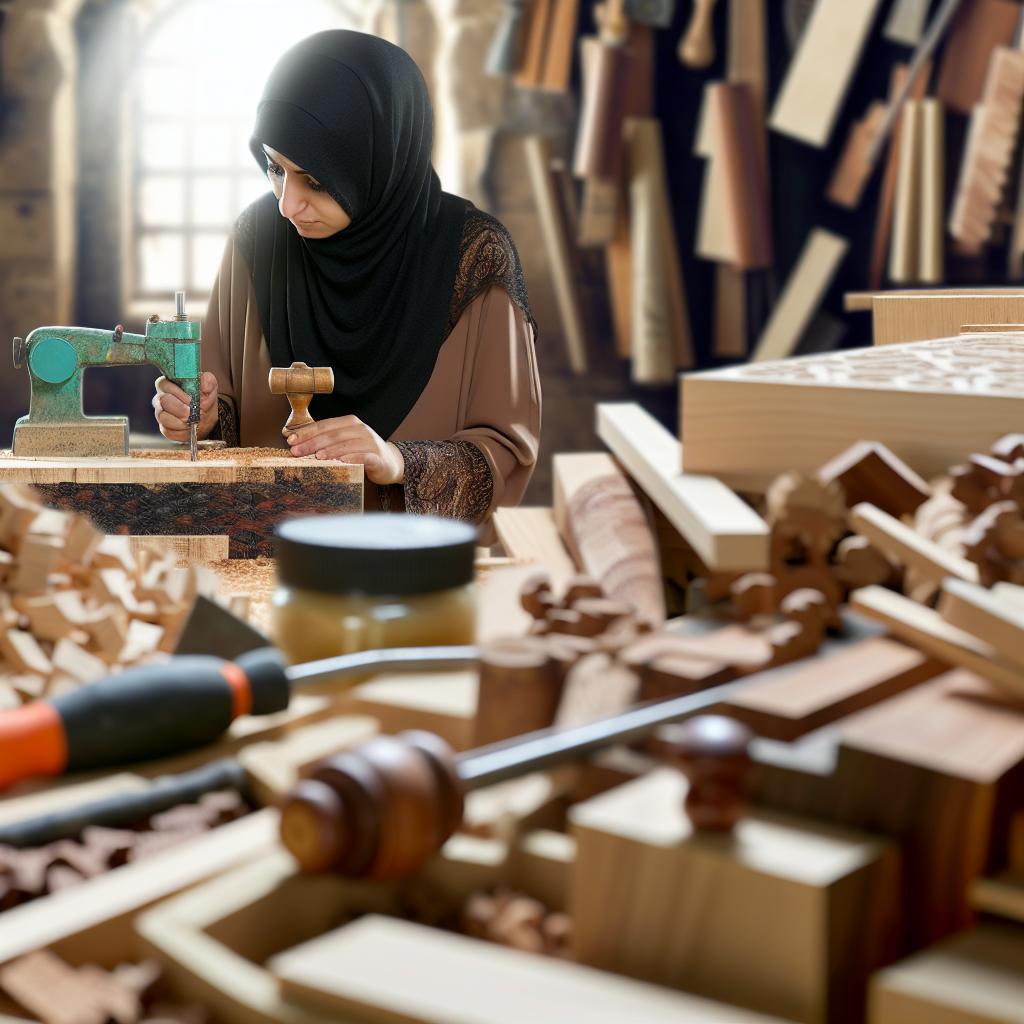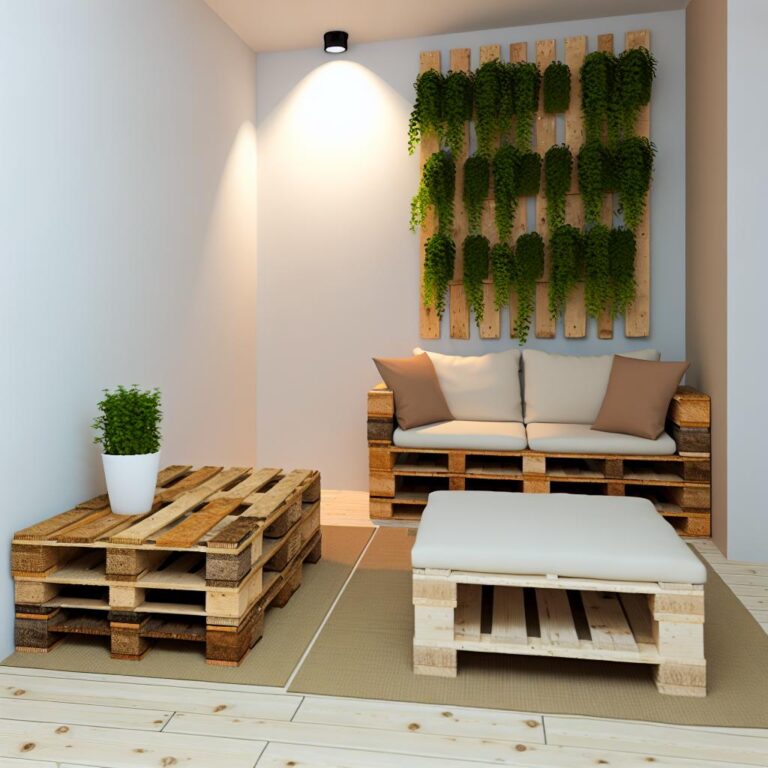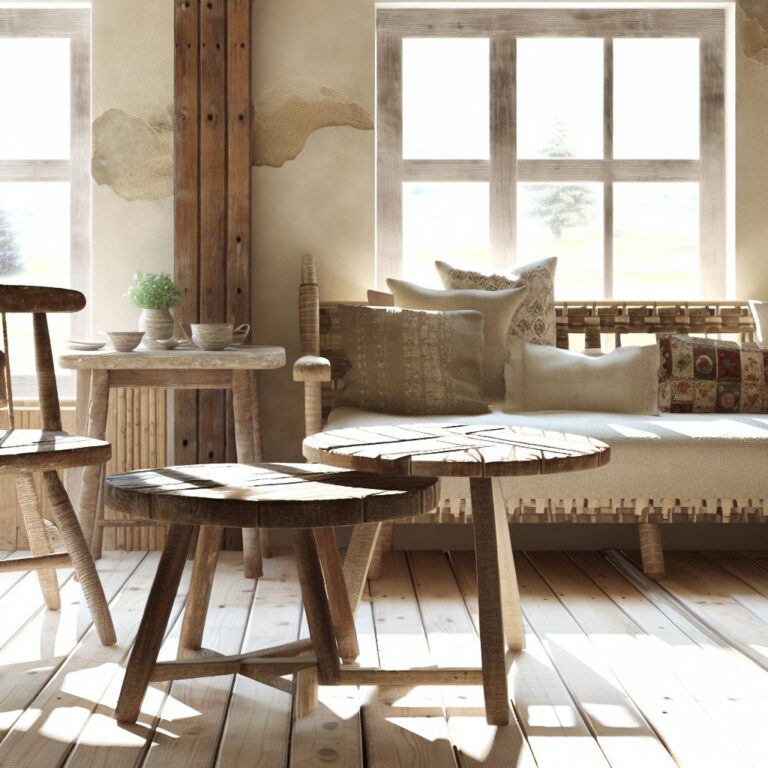Custom furniture building: Why consider starting now?
Beginner Woodworking Techniques:
- Essential tools: hammer, saw, drill.
- Joinery: start with simple butt joints, use dowels for strength and style.
- Safety: use goggles, maintain a clean workspace, keep tools sharp.
- Finishing: Furniture Mod Podge for coatings.
- Resources: Build Something, Popular Mechanics YouTube.
Designing Custom Wood Furniture:
- Choose appropriate wood: oak, pine, maple.
- Use design software like SketchUp.
- Personalize styles with a mix of modern and vintage.
Creating Furniture from Scratch:
- Basic tools: saw, hammer, drill, tape measure, sander.
- Prefer jigsaws or circular saws.
- Use softwood for ease, hardwood for strength.
- Resources: Fine Woodworking.
DIY Furniture Tips:
- Cost-effective materials: plywood, upcycle old items.
- Furniture Mod Podge for finishes and durability.
- Resources: Woodworking Videos.
Sustainable Furniture Design:
- Use eco-friendly materials: reclaimed wood, recycled metals.
- Focus on lifecycle and longevity of products.
Bespoke Furniture:
- Complete control over design.
- Personalization and unique features.
- Resources: Nancy Hillers Reality Checklist.
Budget Furniture Building:
- Find materials at salvage yards/thrift shops.
- DIY hacks for customization.
- Resource: Build Something.
Benefits of Joining a Furniture Building Community:
- Feedback, networking, resources, and workshops.
- Resource: Home Woodworking Videos.
Ever watched furniture take shape from simple planks and thought, "I can do that"? Custom furniture building is your gateway to creating unique home pieces while embracing your creativity and skills. It's not just about handcrafting furniture, it's about personalizing your space. Begin with basic woodworking techniques and watch your confidence grow. Join me as we explore why there's never been a better time to dive into designing unique furniture pieces.
What are beginner woodworking techniques?
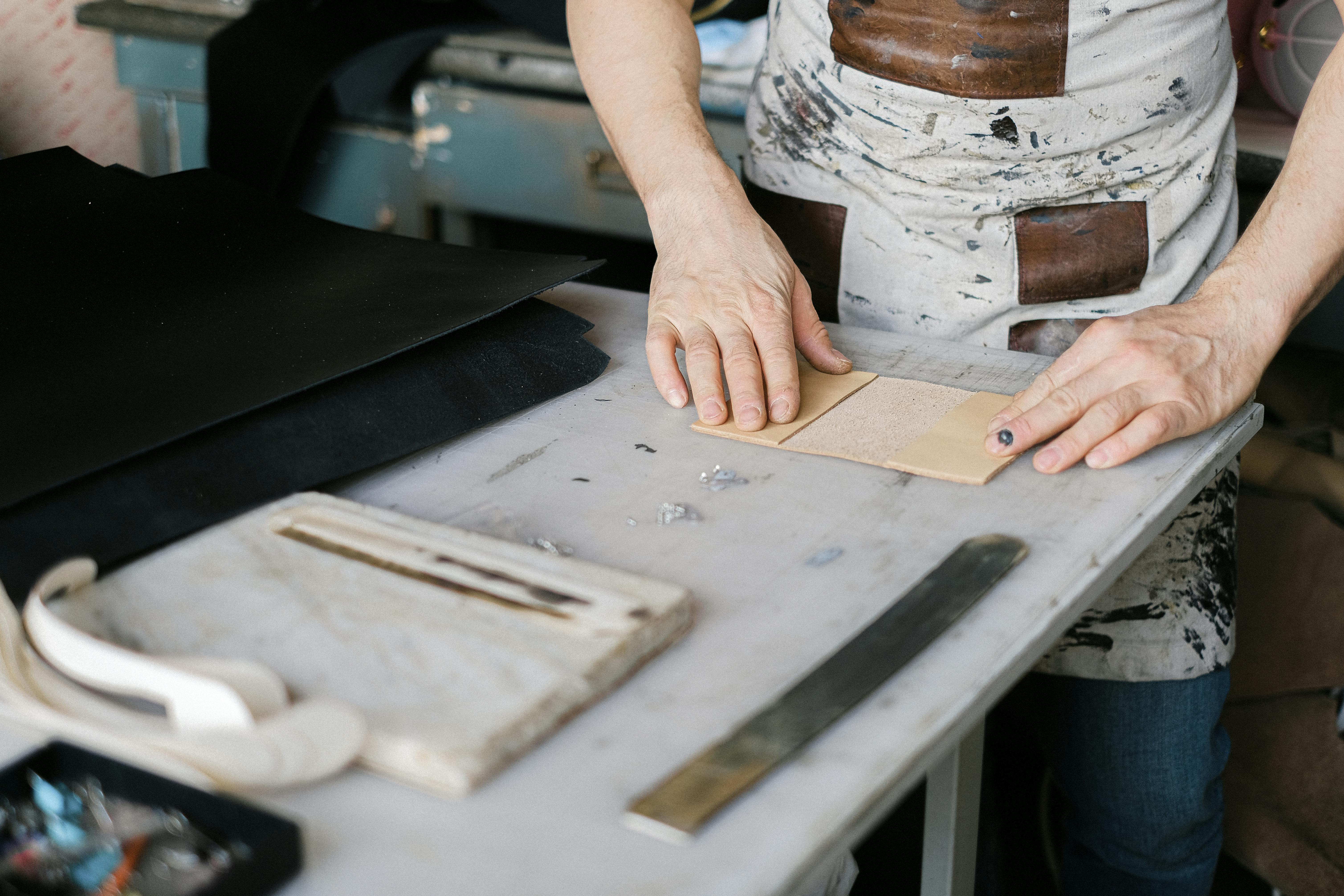
Beginner woodworking needs the right tools. You can't work without a hammer, saw, and drill. The drill makes holes, the hammer drives nails, and the saw cuts wood. Each tool has a special job.
Joinery is key in woodworking. It holds wood pieces together like magic. Start simple with butt joints. They're easy and just as strong. For more style, use dowels. Dowels add strength and look good.
Safety is your friend in woodworking. Keep your eyes and fingers safe. Wear goggles to protect your eyes. Keep your workspace clean and tools sharp. A sharp tool is safer than a dull one.
Furniture Mod Podge can help in finishing. It's a tough but soft coat. It works on wood and other surfaces. Use a big brush for even strokes.
For more help and ideas, visit Build Something or watch Popular Mechanics YouTube. They have great tips for beginners.
How to design custom wood furniture?
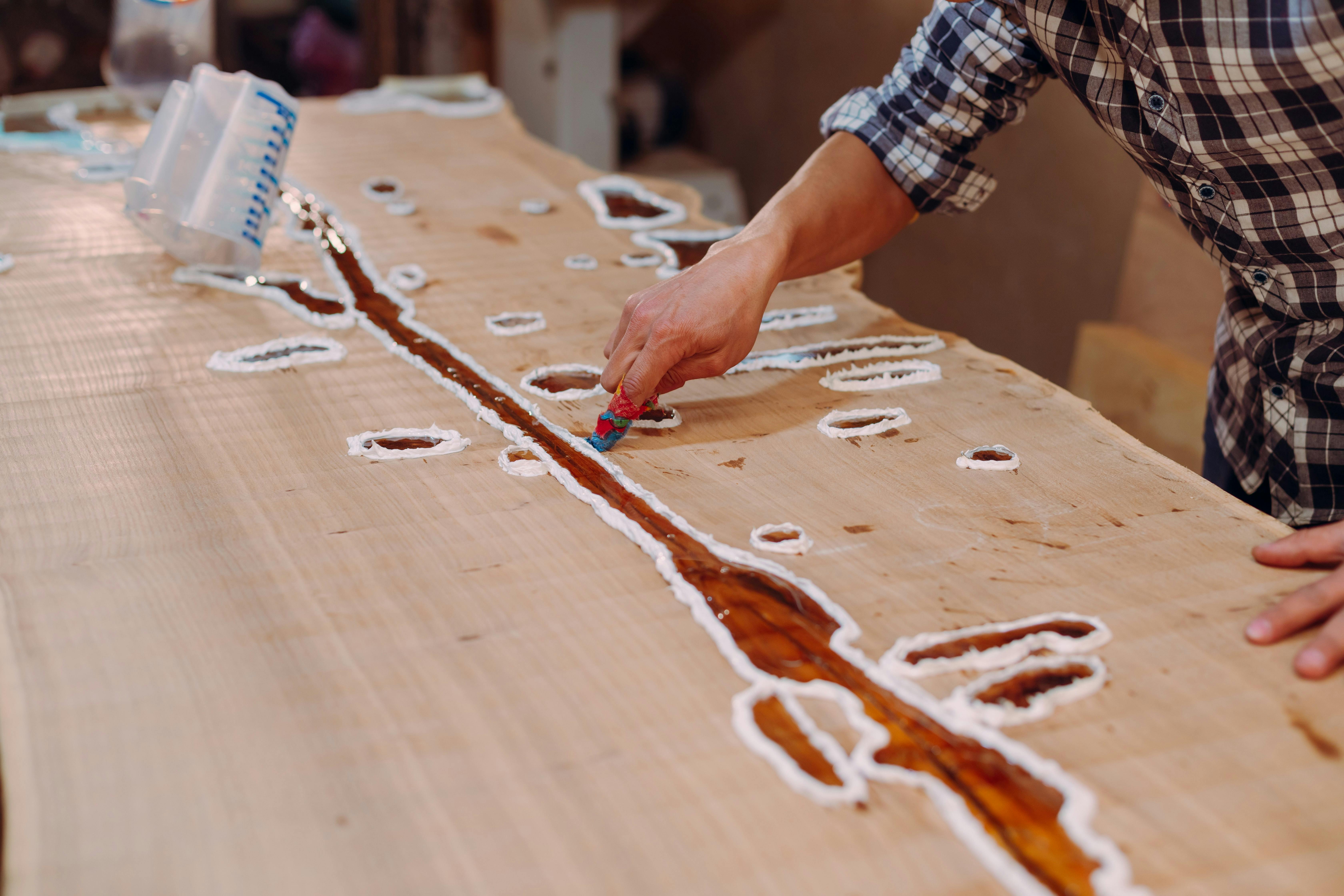
Designing custom wood furniture is my passion. It starts with picking the right wood. Different wood types bring different colors and patterns. Oak is strong and good for tables. Pine is softer and cheaper, perfect for making chairs. Maple is a bit harder and looks beautiful when polished.
Next, I use design software to plan pieces. Tools like SketchUp help me see the furniture before I build it. I can change shapes, sizes, and even colors. This saves time and money because I spot mistakes before cutting any wood.
A fun part of designing is adding my style. I mix modern lines with vintage touches. Maybe adding a bit of Gary Weeks & Company inspiration makes the piece stand out. This makes the furniture personal and something I cherish.
Using wood and my ideas, I create pieces that are truly unique.
How can someone start creating furniture from scratch?
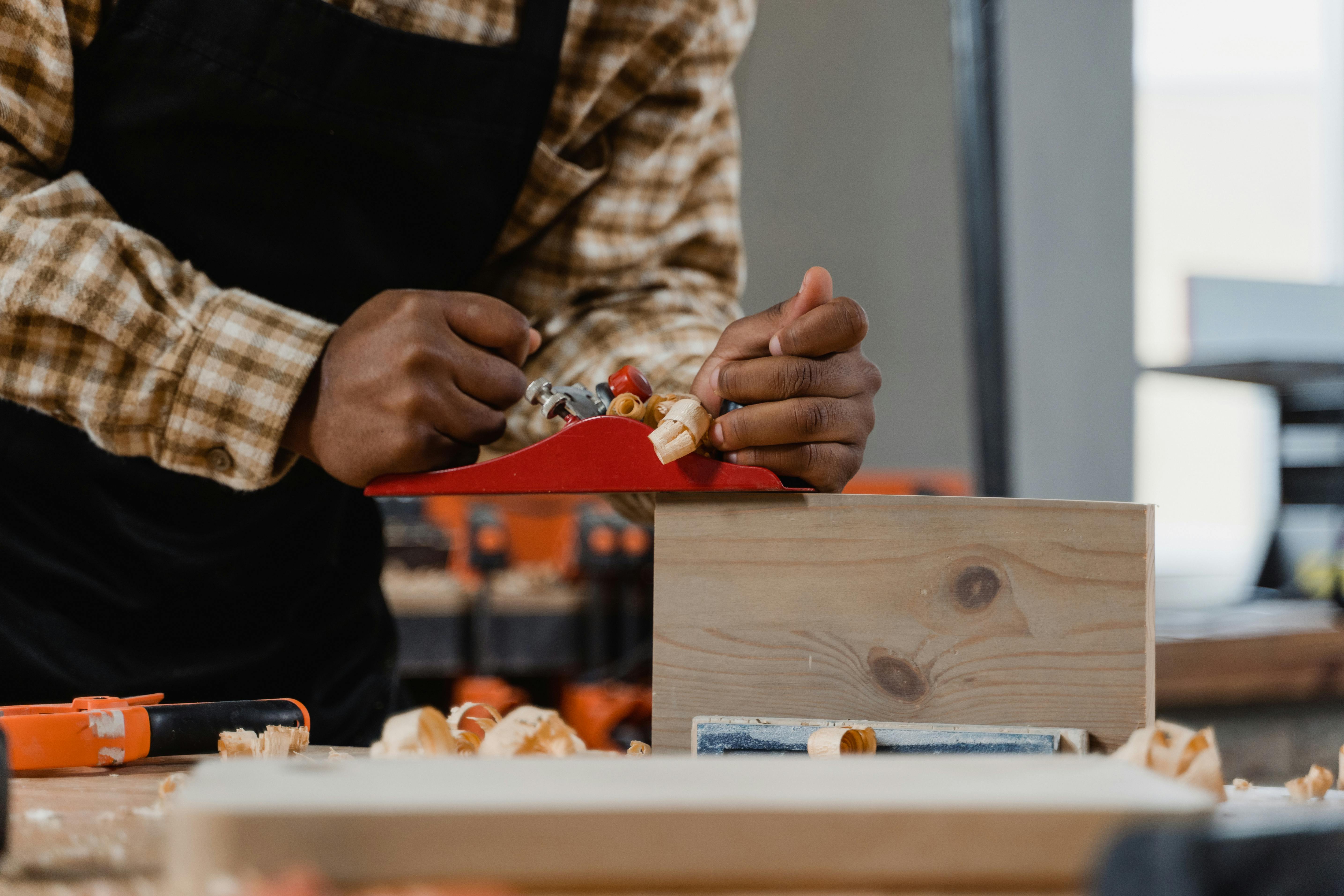
Creating furniture from scratch can seem hard, but I'll guide you to succeed. First, let's go through the basic steps for building furniture. Choose a simple piece, like a small table. Gather a piece of wood, nails, and a hammer. You also need a saw, drill, and sander. To start, measure and cut the wood to fit your plan. Remember, accuracy is crucial. Next, assemble the pieces by hammering nails or using screws with a drill. Sand the surfaces smooth, then add a finish for protection. Practice this process, and you’ll improve your skills.
You'll need the right tools and materials for success. A basic toolkit includes a saw, hammer, drill, tape measure, and sander. Many beginners prefer a jigsaw or circular saw for cutting wood. Your materials choice is key. Softwoods, like pine, are easy to work with and cost less. Hardwood, such as oak, is stronger but harder to cut. You also need varnish or paint to finish the piece.
How can you find good furniture plans? Furniture plans PDFs are a great resource. Many websites offer free plans. Fine Woodworking has guides and examples to help you. Look for clear drawings with measurements. The more detailed, the better. A good plan acts like a map, guiding every step. Reading these will improve your understanding and help guide your projects.
Starting a furniture project may seem overwhelming, but it is rewarding. With the right steps, plans, and materials, you can create something beautiful and lasting.
What are some homemade furniture tips for DIY enthusiasts?
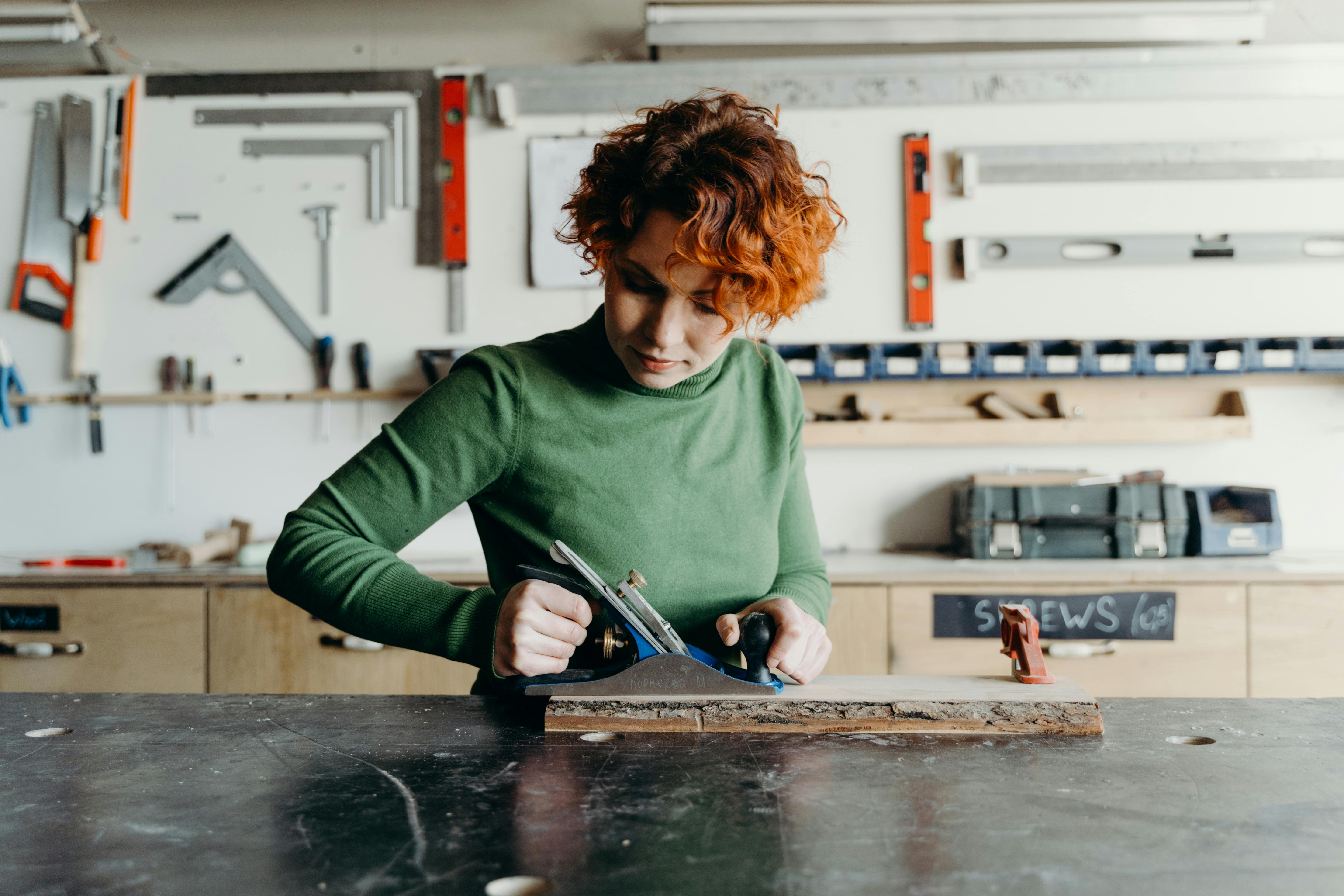
Creating furniture at home can be a great, budget-friendly adventure. To start, consider cost-effective solutions. Use materials like plywood and upcycle old furniture pieces. You can find hidden gems at thrift stores or even in your attic. Upcycling turns old into new with just a bit of work.
Furniture Mod Podge is a handy tool to breathe new life into wooden pieces. Many people love it because it can stick fabric onto wood. It's safe for kids, so you don't need gloves. But remember, it helps to keep water away since it's not waterproof.
To make sure your furniture stands the test of time, focus on durability. Use the right polish and seals that harden the surface. Larger brushes make applying finishes easier and quicker. For heavy-use pieces, try a Hard Coat Mod Podge. It's durable and gives a tough finish.
For those looking to attach fabric or paper, remember to pick the right Mod Podge type. With so many options, from a glossy finish to a dishwasher-safe one, pick what fits best. When working on these projects, you can refer to the helpful Woodworking Videos for inspiration and guidance. This can help breathe new life into old pieces.
Why consider sustainable furniture designs?
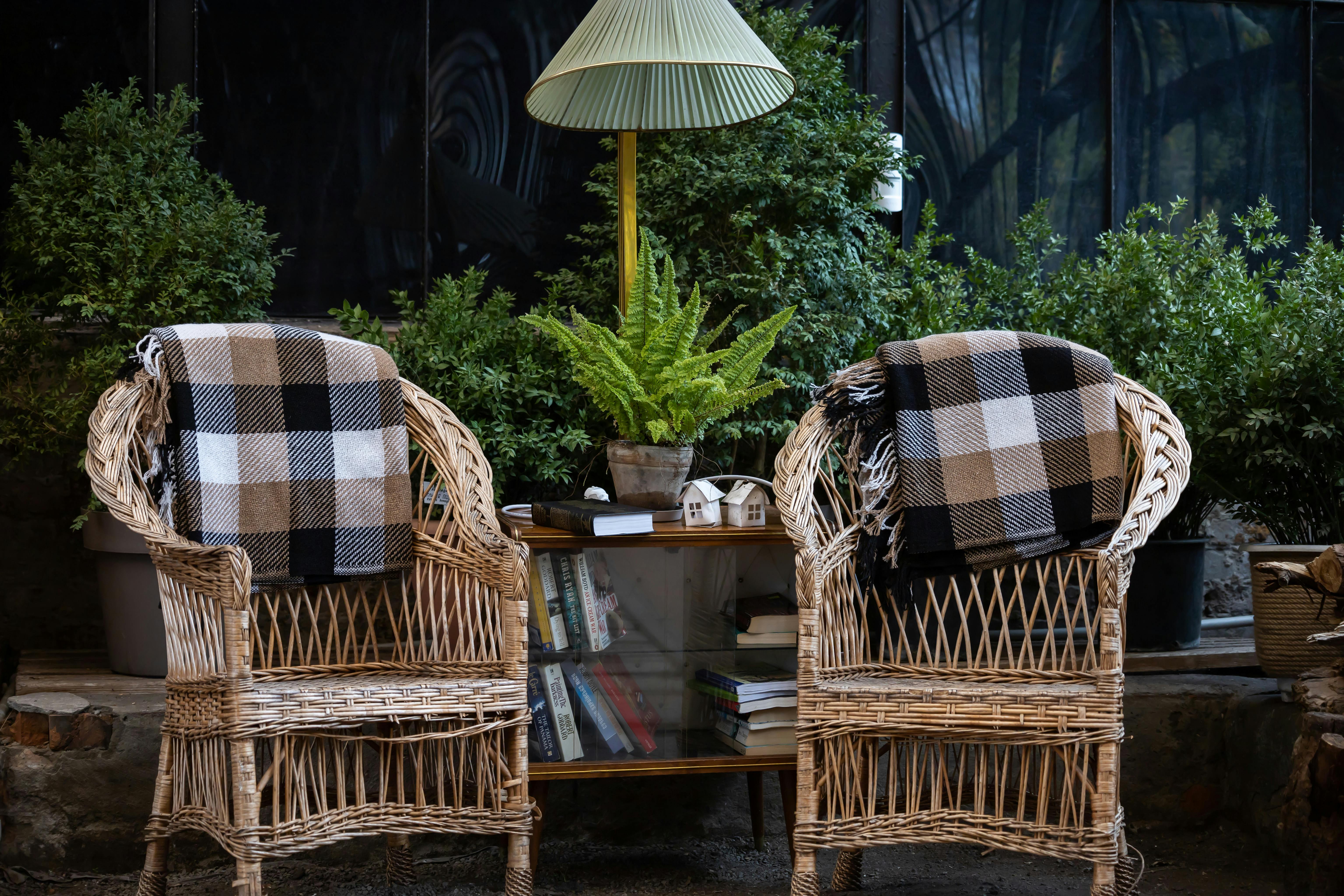
Sustainable furniture designs use materials that are kind to our world. Eco-friendly materials, like reclaimed wood and recycled metals, reduce waste in landfills. They come from resources that do not harm our environment. This helps keep forests safe and air clean.
Sustainable design principles guide us to make better choices. We think about the entire lifecycle of a product, from creation to disposal. Furniture made this way lasts longer and needs fewer repairs. It also helps cut down the carbon footprint.
Reclaimed wood has many benefits for furniture projects. It gives old wood new life and character. Each piece has a story, often with unique marks and colors. Using this wood saves trees and honors nature’s treasures. It can make any piece stand out and have personality.
Choosing designs like TerraFirma Design NW can lead to more sustainable decision-making for our homes. These sustainable methods hold great importance for the future of our space and planet.
What makes crafting bespoke furniture unique?
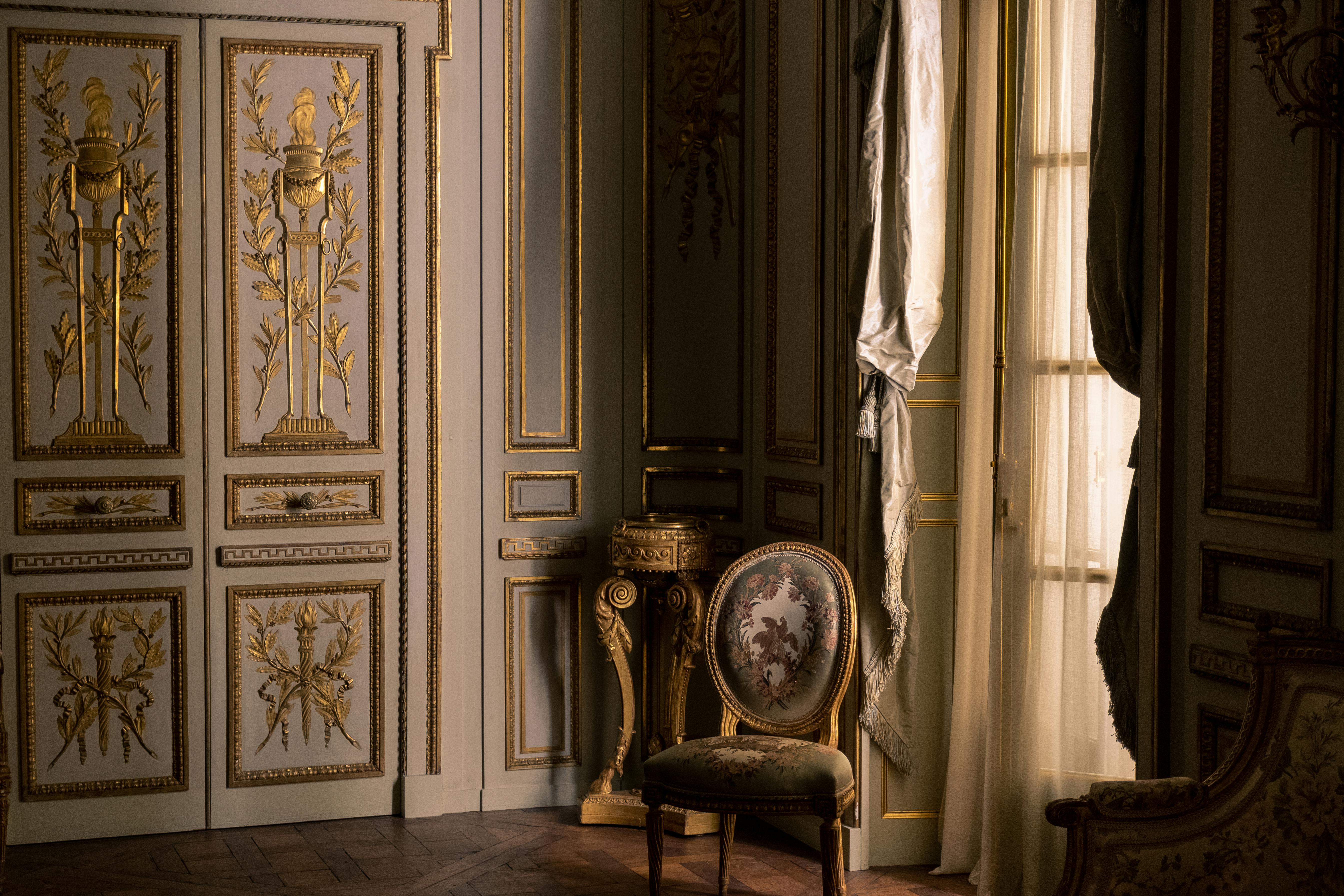
Crafting bespoke furniture gives you the chance to create one-of-a-kind items. This uniqueness is what makes custom pieces so special. You have complete control over the design, materials, and finishes. This makes each piece unique and truly special to the person it is made for.
What makes bespoke furniture unique? It offers personalization that mass-produced items just can't. You can look at Nancy Hillers Reality Checklist to understand the depth of crafting custom furniture. Her insights are a great guide for any furniture maker.
You can use special methods to tailor each item. Customization techniques in bespoke furniture allow you to combine different styles. You can add personal touches or unique features that would be impossible in store-bought furniture. This makes the furniture distinctly yours.
Integrating a customer's preferences in the design is key. Asking customers what they want helps create meaningful furniture. Maybe they want a specific color or wood. Maybe they want a certain size for a special spot in their home. You take these wishes and blend them into your design. This makes your furniture not just custom, but perfect for your clients.
By showcasing bespoke craftsmanship examples, you can find inspiration. Look at finished custom pieces by other skilled craftsmen. Consider their use of shapes, textures, and materials. These examples can spark new ideas for your projects.
Remember the allure of bespoke furniture: it meets personal needs like no other furniture can. It stands out in a mass-produced world and reflects individuality. This makes the investment in custom work entirely worth it.
How to build furniture on a budget?
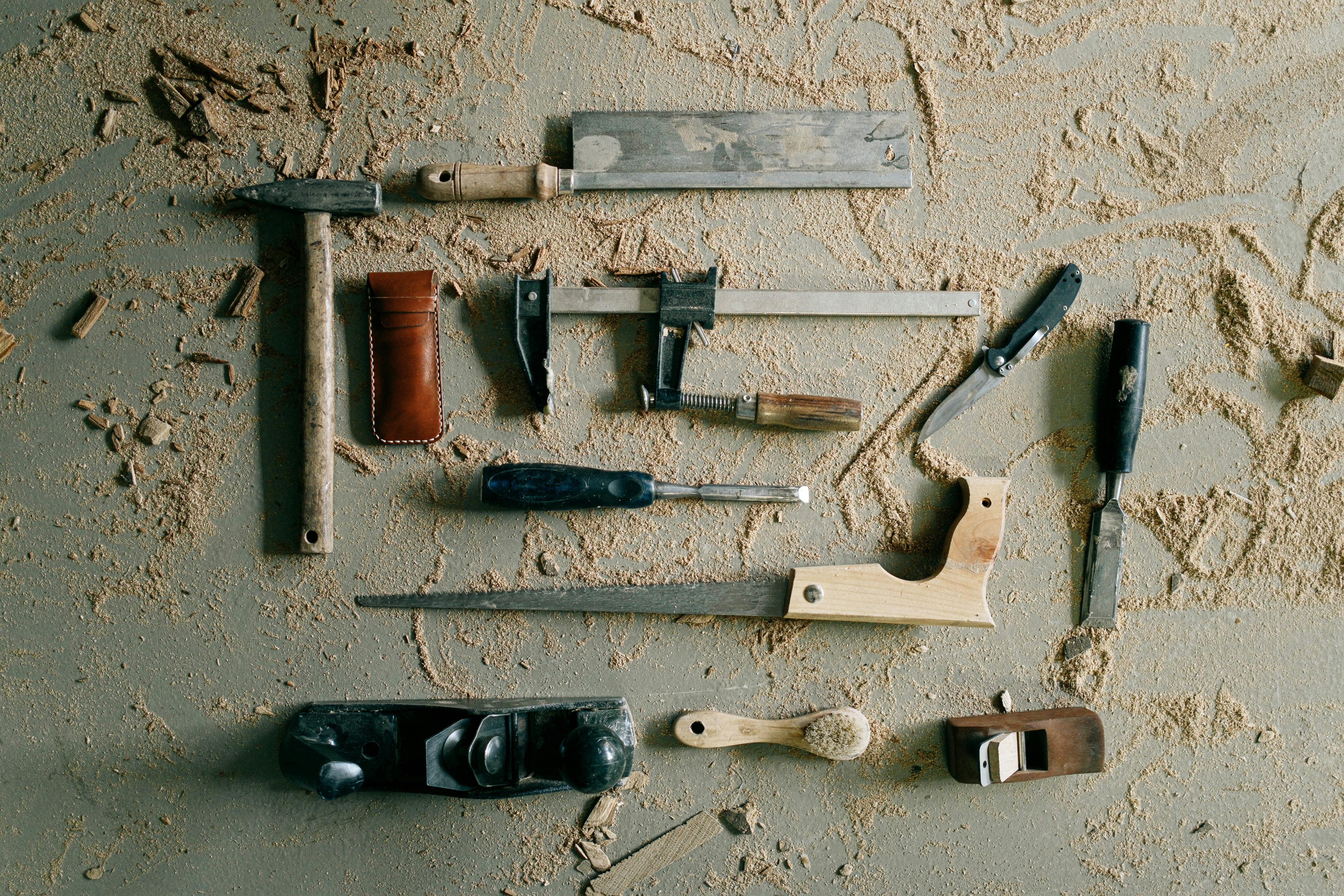
Building furniture without spending much money is possible and fun. First, look for affordable materials. A great idea is to visit local salvage yards or thrift shops. You can find wood, metal, or glass pieces perfect for your project. Often, these become vibrant home treasures.
DIY hacks can help you spend even less. Look around your home for materials. Old bedsheets or table runners can cover cushions. These are unique touches that make your pieces stand out. At Build Something, you’ll find easy plans to guide you.
Balancing cost and quality is key. Cheap isn't always best. Check how strong and durable your materials are. Wood, for instance, offers many options with varying prices. For people looking for decoupage, Furniture Mod Podge is excellent. It's tough and great with wood or metal.
When crafting, care about the project's finish. A strong layer of Mod Podge can protect the piece from spills. While not waterproof, it does resist water well for a short time. This makes it a smart choice for tables and other risky areas. Using tools like larger brushes ensures even coverage.
With planning, research, and resourcefulness, building affordable furniture can yield fantastic results.
What are the benefits of joining a furniture building community?
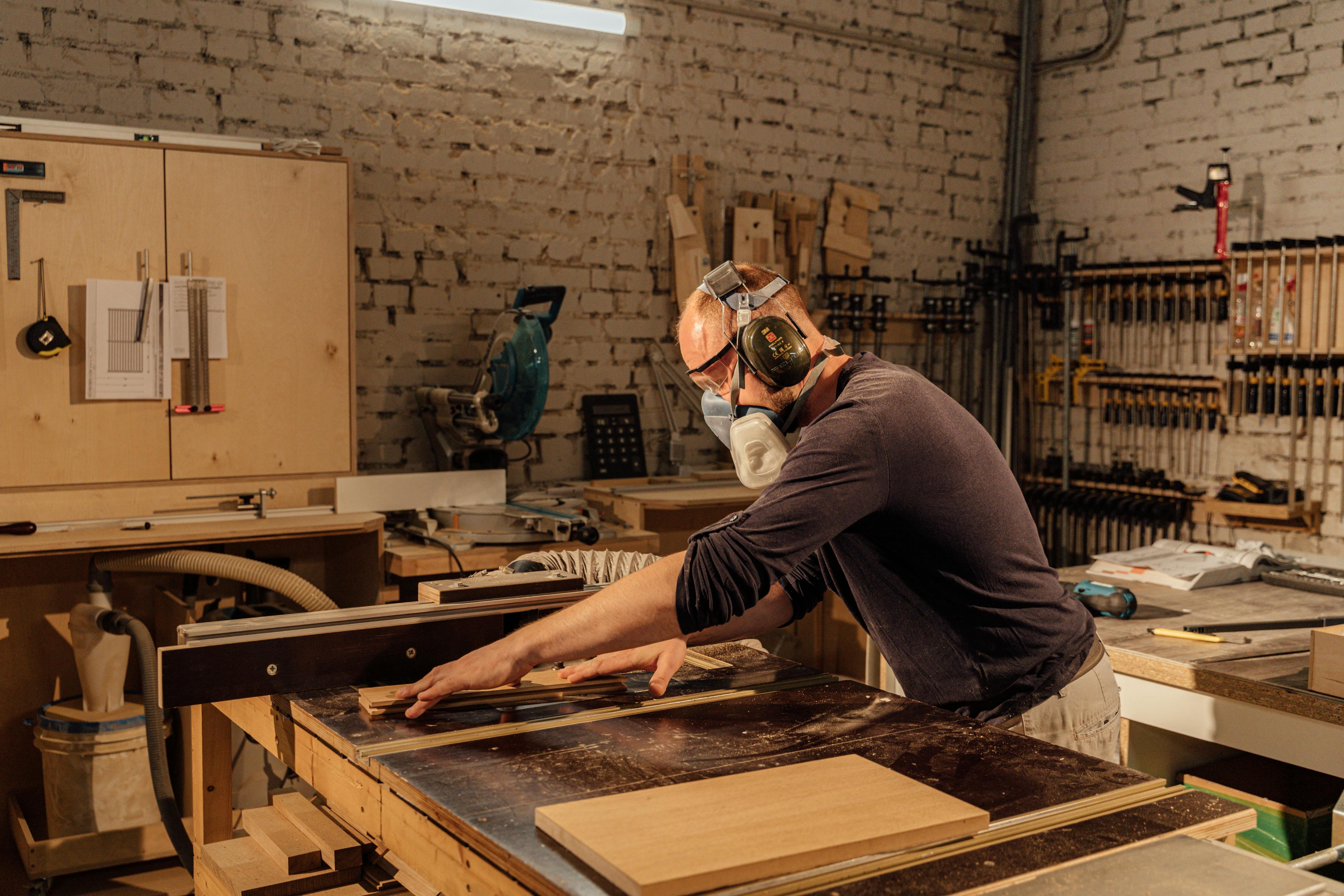
Joining an online furniture maker community can bring many benefits. Do you want to share your ideas with others and get feedback on your projects? Precision here means finding exactly the right advice or suggestion that might improve your work. These groups welcome different ideas and help refine your skills. Feedback can guide you in new directions you never thought of.
Networking is another strong part of being in such a community. You meet people who love furniture-making as much as you do. This means finding friends who can help each other with tips, supplies, or techniques. You get to connect with others who might live far away but share your passion.
Having access to special resources and workshops is a huge benefit too. These communities often offer workshops and advice not found elsewhere. They might even share links like Home Woodworking Videos for tutorials and insights. It gives you a chance to learn from experts without leaving your home.
Overall, joining a furniture-making community lets you grow and learn more about your craft. You build friendships, get valuable feedback, and open doors to many learning experiences.
Conclusion
Woodworking can be fun and rewarding! Start with basic tools and safe techniques. Learn joinery and design your own pieces with unique style. Create your own custom furniture from scratch using easy-to-follow guides. Use affordable materials and budget-friendly tips to keep costs down. Sustainable designs offer eco-friendly benefits, while communities provide learning and sharing opportunities. Remember, bespoke furniture gives a personal touch to your home. Whether you're upcycling or starting fresh, each project is a chance to learn and grow. Embrace your creativity and transform your space with your own hands.

